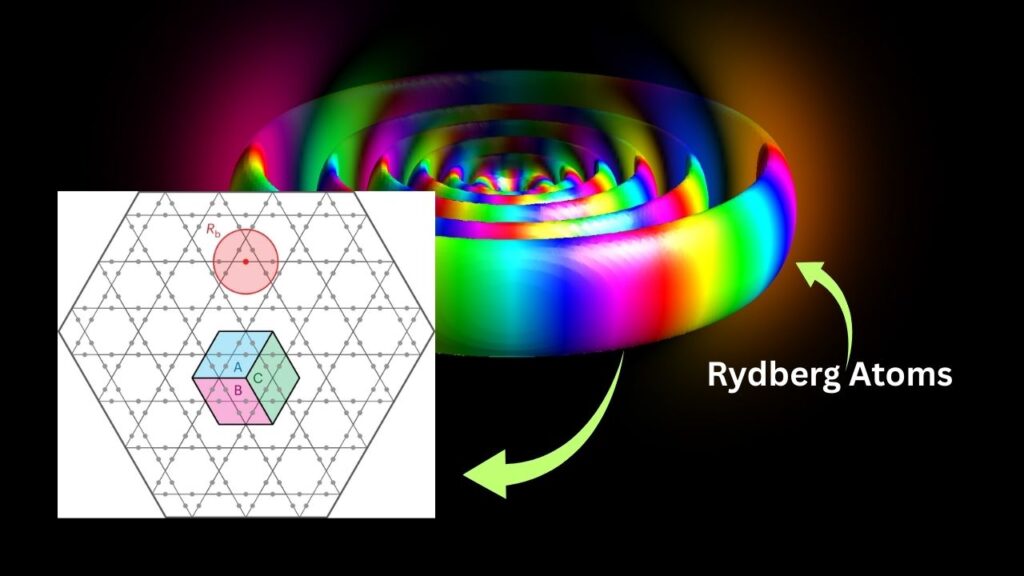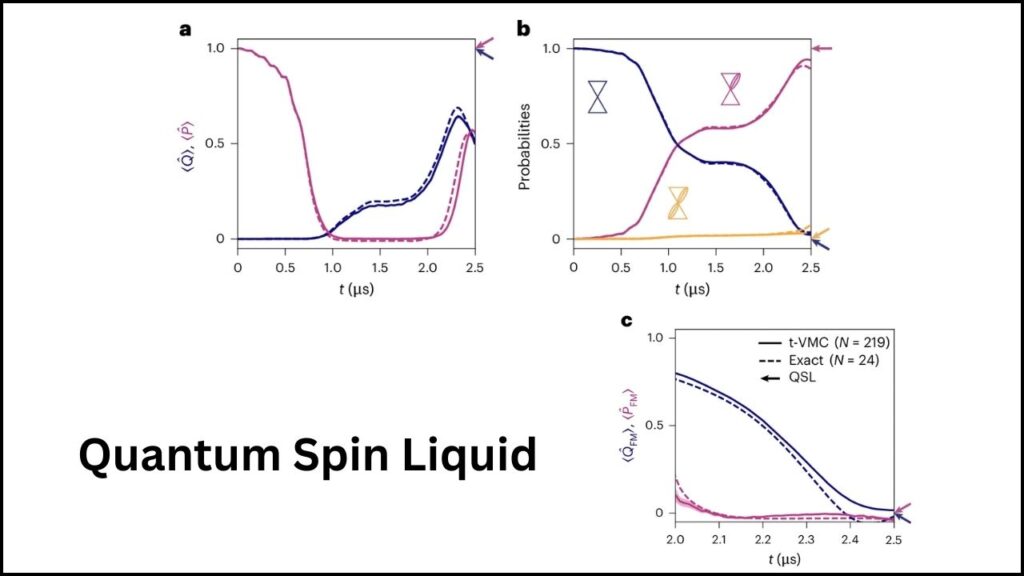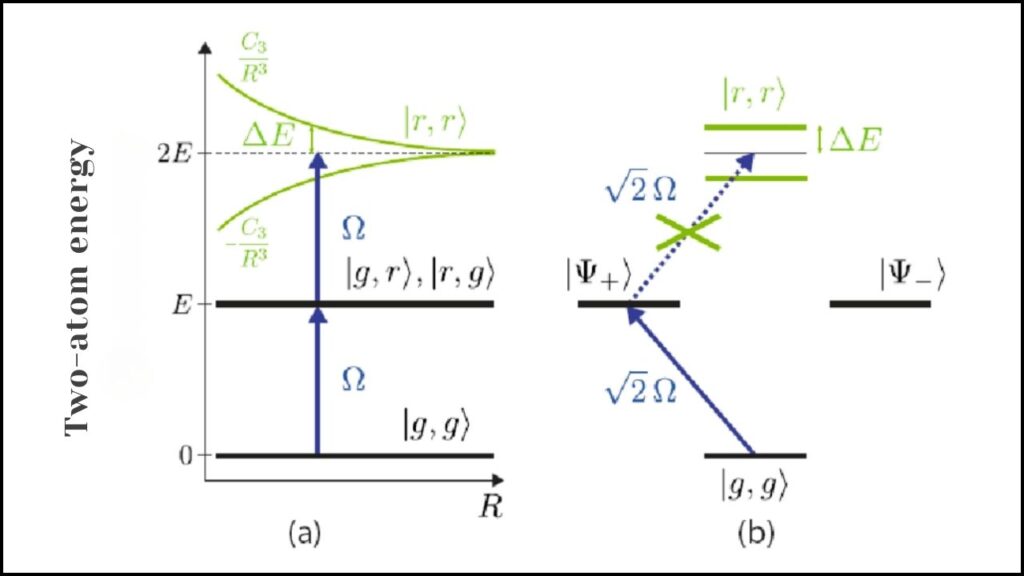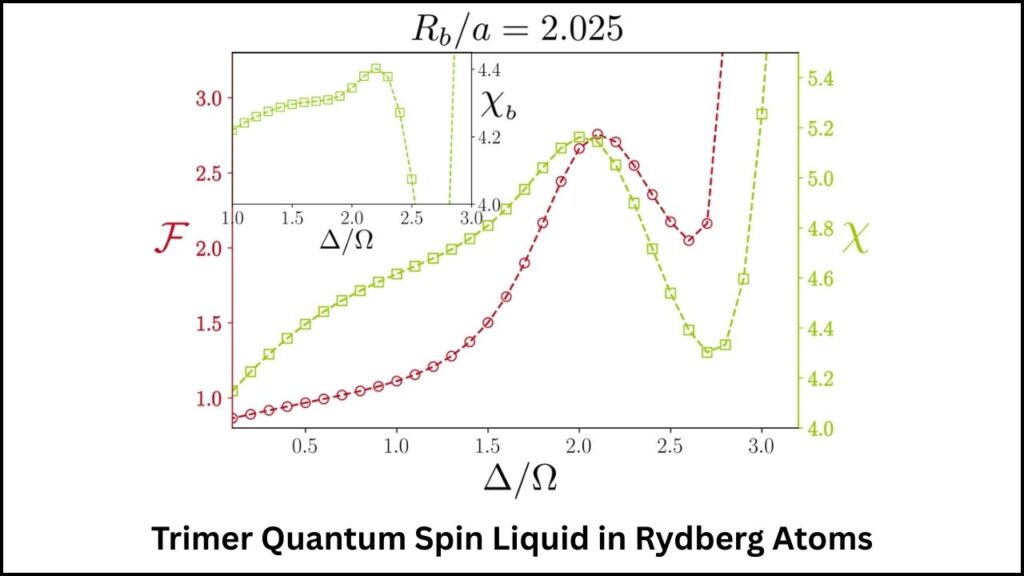Scientists use Rydberg atoms to predict quantum spin liquid properties, a breakthrough that could reshape how we understand exotic states of matter and push quantum technologies closer to real-world applications. While this might sound like something only theoretical physicists would care about, the discovery has practical importance. From quantum computers to advanced materials, predicting the behavior of quantum spin liquids (QSLs) with Rydberg atoms opens a door to new science and technology.

In this article, we’ll break down what quantum spin liquids are, how Rydberg atoms make them easier to study, and why this matters for the future of quantum research. Don’t worry—we’ll keep the tone approachable so that even a 10-year-old can follow along, while still offering insights useful for professionals.
Table of Contents
Scientists Use Rydberg Atoms to Predict Quantum Spin Liquid Properties
| Feature | Details |
|---|---|
| Discovery | Scientists used Rydberg atom arrays to model and predict the properties of quantum spin liquids. |
| Platform | Neutral atoms trapped in a honeycomb lattice, excited into high-energy Rydberg states. |
| Significance | Unlocks new ways to study exotic phases of matter like trimer quantum spin liquids (TQSL). |
| Applications | Potential to advance quantum computing, materials science, and fundamental physics. |
| Experimental Feasibility | Achievable using existing Rydberg quantum simulators. |
| Official Resource | Nature Physics Study |
The use of Rydberg atoms to predict quantum spin liquid properties is a milestone that bridges abstract theory with practical experimentation. By creating a sandbox environment where quantum spin liquids can be studied and controlled, researchers are not only unlocking new physics but also laying groundwork for quantum technologies of the future.
Whether you’re a curious student or a seasoned physicist, this discovery signals a future where exotic states of matter could leave the lab and enter everyday technology. The dance of quantum spins, once thought impossible to choreograph, is now coming into clearer focus.
What Is a Quantum Spin Liquid?

A quantum spin liquid (QSL) is not a liquid in the traditional sense. Instead, it’s a state of matter where the magnetic “spins” of electrons never settle into an orderly pattern, even at absolute zero.
In normal magnets, spins line up neatly (like arrows pointing north). In contrast, a quantum spin liquid remains disordered, with spins constantly fluctuating due to quantum entanglement. This leads to highly entangled states that scientists believe could be harnessed for quantum computers and error-resistant qubits.
Think of it like this: if normal magnets are like soldiers standing in formation, a quantum spin liquid is more like a lively dance floor—everyone is moving in sync but with no fixed pattern.
Enter Rydberg Atoms: Nature’s Quantum Playground
To study QSLs, researchers turned to Rydberg atoms. These are atoms where one electron is pushed to a very high-energy orbit, making them extremely sensitive to nearby atoms. This sensitivity creates a phenomenon called the Rydberg blockade—if one atom is excited, nearby atoms can’t be, leading to unique constraints in how they interact.

Here’s why this is important:
- By arranging Rydberg atoms in a honeycomb lattice, scientists can mimic the mathematical rules governing quantum spin liquids.
- These constraints make it possible to simulate exotic quantum phases that are otherwise impossible to study in real materials.
In simple terms, Rydberg atoms give scientists a “sandbox” to test and predict the rules of quantum spin liquids, much like computer simulations but happening in the lab.
The Trimer Quantum Spin Liquid (TQSL)

The recent breakthrough specifically modeled a trimer quantum spin liquid (TQSL). In this state, atoms interact in groups of three (trimers) that cover the lattice in complex patterns.
- Mapping: The blockade condition ensures only certain “trimer” groupings are possible, mirroring the behavior of a spin liquid.
- Emergent State: Instead of one ordered arrangement, the ground state becomes an equal superposition of all possible trimer coverings.
- Symmetry: The system exhibits a unique U(1) × U(1) gauge symmetry, which is unusual and highly valuable for theoretical physics.
This trimer model offers a fresh perspective on how quantum spin liquids form and behave, giving researchers tools to predict their properties.
Why This Matters: Real-World Applications
So, why should anyone outside of a physics lab care about this? The answer lies in the future of technology.
1. Quantum Computing
QSLs naturally host entangled states, which could be used to build qubits that are more stable and less prone to errors. For example, topological quantum computing, an approach also linked to exotic phases like QSLs, could use this research as a foundation.
2. New Materials
Predicting QSL behavior could guide the design of superconductors and magnetic materials with properties we don’t yet have. Imagine electricity flowing without resistance or magnetic storage with unheard-of efficiency.
3. Fundamental Physics
Studying QSLs helps test theories about emergent particles, gauge fields, and the very nature of quantum entanglement. It’s not just applied science—it’s reshaping our understanding of reality itself.
Breaking It Down: How the Experiment Works
Let’s walk through the process in a simple way:
- Trap the Atoms
Neutral atoms are arranged in a honeycomb shape using lasers. - Excite Them to Rydberg States
A laser pulse excites the atoms, making them sensitive to one another. - Apply the Rydberg Blockade
If one atom is excited, others nearby can’t be. This creates strict rules—like a game where only certain moves are legal. - Observe the Patterns
Scientists measure the resulting configurations, which map directly onto the behavior of a quantum spin liquid. - Simulate Quantum Properties
Through advanced techniques like density-matrix renormalization group (DMRG) and exact diagonalization, researchers analyze the emergent spin liquid state.
This method bridges theory and experiment, moving QSLs from “cool math concepts” to something scientists can actually test.
Practical Advice for Students and Professionals
If you’re a student curious about this field or a professional looking to stay updated, here’s how you can engage:
- Students: Focus on quantum mechanics, atomic physics, and computational modeling. Rydberg atoms are now part of university-level research labs worldwide.
- Researchers: Consider collaborations with groups working on quantum simulators, since Rydberg platforms are increasingly accessible.
- Industry Professionals: Keep an eye on quantum hardware companies. Insights from Rydberg-based spin liquid simulations could inform quantum processor design.
For more educational resources, you can check out MIT OpenCourseWare and APS Physics.
Projective Measurements Unlock New Power in Quantum Computing With Anyon Braiding
New Quantum Weirdness Spotted in Superconductor—Could It Upend Physics?
Lasers Used To Push Crystal Vibrations To Their Quantum Ground State
FAQs About Scientists Use Rydberg Atoms to Predict Quantum Spin Liquid Properties
Q1. What makes Rydberg atoms special for quantum research?
Rydberg atoms have electrons in very high-energy states, making them highly interactive with nearby atoms. This property allows scientists to mimic quantum interactions that are hard to realize otherwise.
Q2. Are quantum spin liquids real or just theory?
They are real but rare. Some candidate materials, like Herbertsmithite, have shown QSL-like properties. However, simulating them with Rydberg atoms provides a more controllable way to study their behavior.
Q3. Could this lead directly to better quantum computers?
Not immediately. It’s more about laying the foundation. By understanding QSLs better, scientists may develop more stable qubits in the future.
Q4. What’s the biggest challenge now?
Scaling the system. While small arrays of Rydberg atoms have shown promising results, moving to large-scale quantum simulators is still a major hurdle.
Q5. Can non-scientists benefit from this research?
Indirectly, yes. Advances in quantum physics often translate into new technologies—from medical imaging to secure communication.



















